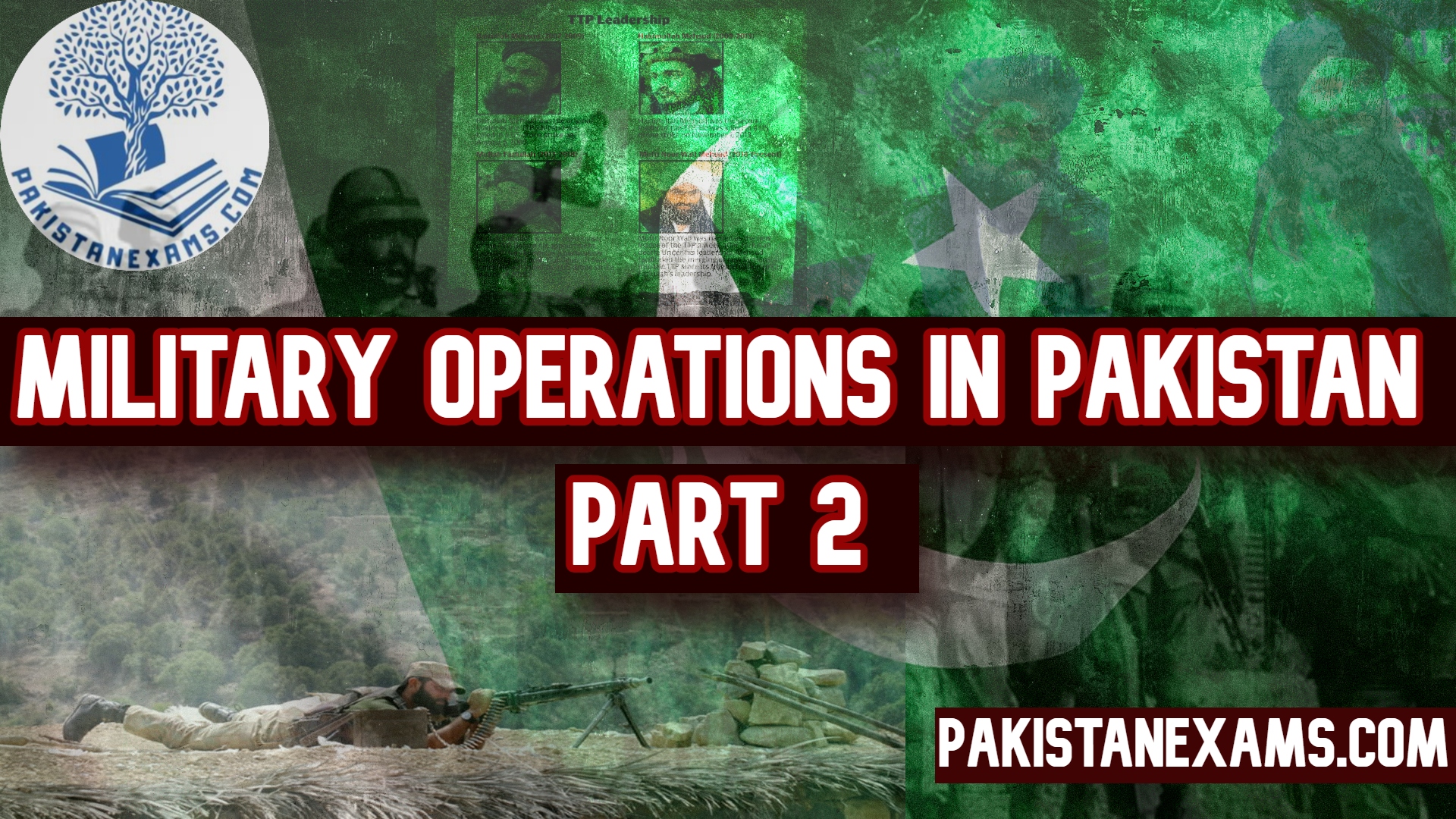4. Operation Sirat-e-Mustaqeem (2008)
Background and Objectives:
Focused on the Khyber Agency, a crucial area for militant operations and smuggling routes used by various sectarian militant groups.
Aimed to neutralize these groups, secure key logistical routes, and reduce sectarian violence.
Operations and Tactics:
Led by the Pakistan Army with significant support from the Frontier Corps.
Emphasized ground offensives to clear militant positions and secure strategic routes.
Achievements:
Temporarily reduced sectarian violence and disrupted militant activities in the Khyber Agency.
Secured vital supply lines and logistical routes, improving overall regional security.
Challenges:
The persistent presence of militant networks required repeated military interventions to maintain security.
Ongoing sectarian tensions necessitated continuous monitoring and efforts to mediate conflicts.
Casualties and Statistics:
Estimated militant casualties: Around 500.
Pakistan military casualties: 50 killed and 150 wounded.
Civilian impact: Moderate, with significant displacement affecting thousands of residents.
Budget and Economic Impact:
Estimated cost: $300 million, covering military expenses and efforts to secure supply routes.
The economic impact included temporary disruptions in trade and transport through the Khyber Pass, a crucial economic artery.
Note: Read the Part 1 here
5. Operation Rah-e-Raast (2009)
Background and Objectives:
Launched as a follow-up to Rah-e-Haq, aiming at the decisive defeat of TTP forces in Swat and adjacent areas. Sought to permanently dismantle TTP’s operational capacity, eliminate their leadership, and restore long-term stability.
Operations and Tactics:
Featured large-scale airstrikes, artillery bombardments, and coordinated ground operations by the Pakistan Army and Air Force.
Emphasized urban and mountainous warfare to clear militants from heavily fortified positions.
Achievements:
Successfully cleared Swat of TTP control, restoring government authority and facilitating the return of displaced persons.
Initiated reconstruction and rehabilitation efforts to rebuild infrastructure and restore normalcy.
Challenges:
High civilian displacement (around 2.5 million people) created a massive humanitarian challenge.
A sustained military presence was required to prevent the TTP from regrouping and re-establishing their influence.
Casualties and Statistics:
Estimated militant casualties: Over 2,000.
Pakistan military casualties: Approximately 200 killed and 500 wounded.
Civilian casualties: Over 300 killed, with massive displacement affecting millions.
Budget and Economic Impact:
Estimated cost: $1.5 billion, including the cost of military operations and extensive post-conflict recovery.
The economic impact included long-term efforts to rebuild Swat’s infrastructure and revitalize its economy, especially in tourism and agriculture.
6. Operation Rah-e-Nijaat (2009-2010)
Background and Objectives:
Targeted the TTP’s main stronghold in South Waziristan, a critical base for their leadership and operational planning.
Aimed to dismantle the TTP’s command structure, eliminate key leaders, and neutralize their operational capabilities.
Operations and Tactics:
Involved joint operations by the Pakistan Army, Air Force, and Frontier Corps with comprehensive air and ground assaults.
Utilized precise intelligence and targeted strikes to eliminate militant leaders and disrupt their operations.
Achievements:
Severely weakened the TTP’s operational capabilities, capturing or killing numerous leaders and dismantling their infrastructure.
Forced many TTP leaders to flee the region, reducing their capacity to launch coordinated attacks.
Challenges:
The difficult terrain and TTP’s guerrilla tactics led to protracted and intense conflicts.
Militant relocation to other areas in FATA created ongoing security challenges, requiring extended operations.
Casualties and Statistics:
Estimated militant casualties: Over 2,500.
Pakistan military casualties: Approximately 150 killed and 300 wounded.
Civilian impact: Significant displacement of over 400,000 people, leading to a humanitarian crisis.
Budget and Economic Impact:
Estimated cost: $2 billion, reflecting the scale and intensity of the operation. Economic impact included substantial damage to local infrastructure and long-term needs for rehabilitation and economic stabilization.
7. Operation Koh-e-Sufaid (2011)
Background and Objectives:
Focused on the Kurram Agency to clear the region of militant groups and end persistent sectarian violence.
Aimed to restore peace, secure key routes, and enable the safe return of displaced persons.
Operations and Tactics:
Conducted by the Pakistan Army with significant air and artillery support.
Emphasized clearing operations and securing critical routes to facilitate the return of displaced families.
Achievements:
Reduced militant activities and improved security, allowing for the reopening of key roads and routes in Kurram.
Enabled the return of thousands of displaced families and initiated stabilization efforts in the region.
Challenges:
Persistent sectarian tensions and sporadic militant resistance required ongoing military and security presence.
The region’s complex tribal dynamics complicated efforts to achieve lasting peace and stability.
Casualties and Statistics:
Estimated militant casualties: Around 800.
Pakistan military casualties: Approximately 50 killed and 150 wounded.
Civilian impact: Moderate, with significant displacement and gradual return of thousands of families.
Budget and Economic Impact:
Estimated cost: $500 million, covering military operations and stabilization efforts.
Economic impact included rebuilding key infrastructure and reopening trade routes essential for local commerce.

